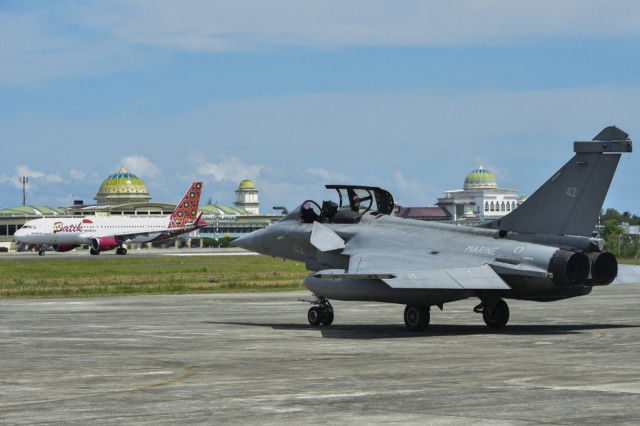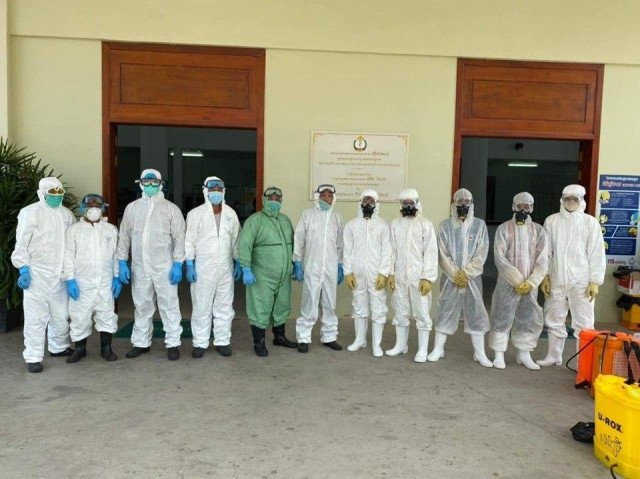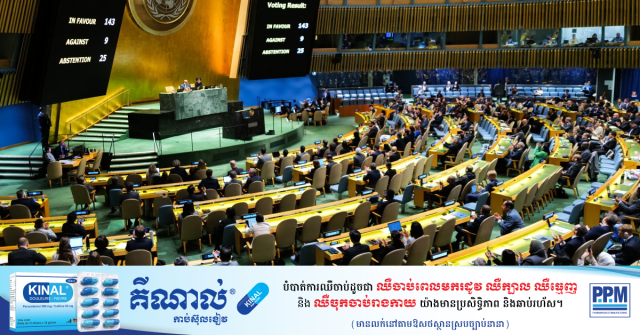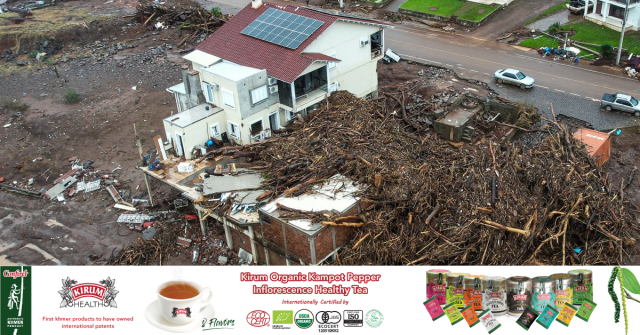The Irrawaddy Dolphin Population in Cambodia Is Estimated at 89
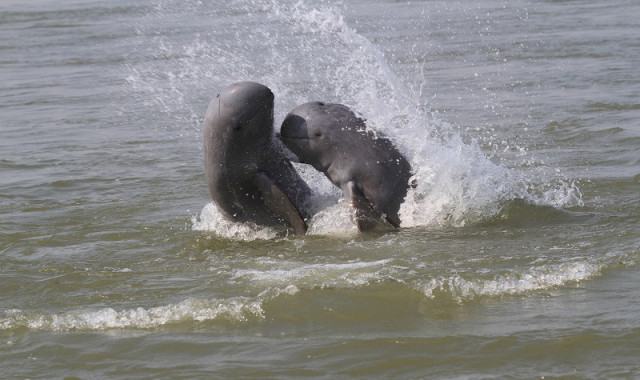
- Khorn Nary
- October 23, 2020 9:23 AM
This marks a slight decline compared to 3 years ago, calling for measures to protect them, a report says
PHNOM PENH – The number of Irrawaddy dolphins, which are considered a critically endangered species, is believed to have decreased from 92 in 2017 to 89 today.
According to a report co-authored by the Fisheries Administration (FA) and the World Wide Fund for Nature Cambodia (WWF-Cambodia) released on Oct. 22, the drop in the number of dolphins over the last three years calls for strict measures to prevent illegal fishing and save the species.
And yet, the drop in the number of dolphins is the lowest decrease over the last 10 years, the report read.
“The total estimates for 2020 are similar to the total estimates for 2017, as both have a 95 percent confidence level,” said Phay Somany, deputy director of the Department of Fisheries Conservation at the Fisheries Administration. “Since the number of dolphins is nearly identical, [it] can be assumed that there’s no decline.”
Speaking at a meeting of the Fisheries Administration during which the report was released, he said that between 1974 and 1975, thousands of Irrawaddy dolphins were scattered along the Mekong River and its three tributaries—the Sekong, the Srepok and the Sesan rivers—as well as Tonle Sap River. However, there was drastic decrease in the population during the Khmer Rouge regime: According to reports, the Khmer Rouge forces killed hundreds of dolphins, using their oil to run boats, he said.
In recent years, changes in water levels and conditions as well as illegal fishing activities are factors in the steady decline of the dolphin population in Cambodia, Somany explained.
During the meeting, fisheries experts said they are puzzled by the disappearance of 25 dolphins without any trace. Seng Teak, WWF-Cambodia country director said that those 25 dolphins, which had been recorded in 2017, could not be located for this year’s report.
Teak said that, while their disappearance cannot be explained, there also is no sign that they died. They may even have swum downstream and did not come back, he said.
“We acknowledge that the survey may be inaccurate, so we will study them in more detail here,” Teak added, referring to the disappearance.
Currently, Cambodia has nine dolphin pools, but only three are inhabited by dolphins: Prek Kampi, Kang Kon Sat and Anlong Chheuteal on the Cambodia-Laos border. Teak said that experts are now studying why there is no dolphin in the other six pools.

Phay Somany, deputy director of the Department of Fisheries Conservation at the Fisheries Administration, second from left, presents the latest findings on the Irrawaddy dolphin population during a meeting on Oct. 22. Photo: Khorn Nary.
The report noted that the government’s strict ban on logging and the COVID-19 outbreak have led to increase in anthropogenic activities, that is, environmental pollution caused by human activity. And this puts more pressure on Irrawaddy dolphins and biodiversity in the Mekong River as the local population and people returning from abroad to remain in the country are making use of the river and extracting fish by using gillnets, hook long lines and other destructive fishing gears.
To maintain and increase the population, the report called for improving the management of the Stung Treng Ramsar site to increase fish stock both as prey for dolphins and for consumption in local communities
The report recommends that current law enforcement be maintained to respond to activities that could harm dolphins and the whole Mekong River. It also stresses that the Mekong River remains free flowing since any large-scale infrastructure development projects such as dams are not compatible with the survival of the dolphins and other migratory aquatic species including the Mekong giant catfish.
The Irrawaddy dolphin in the Mekong River was classified as “Critically Endangered” on the red list of the International Union for Conservation of Nature (IUCN) in 2004 and as one of the 58 threatened species in Cambodia in 2009.








